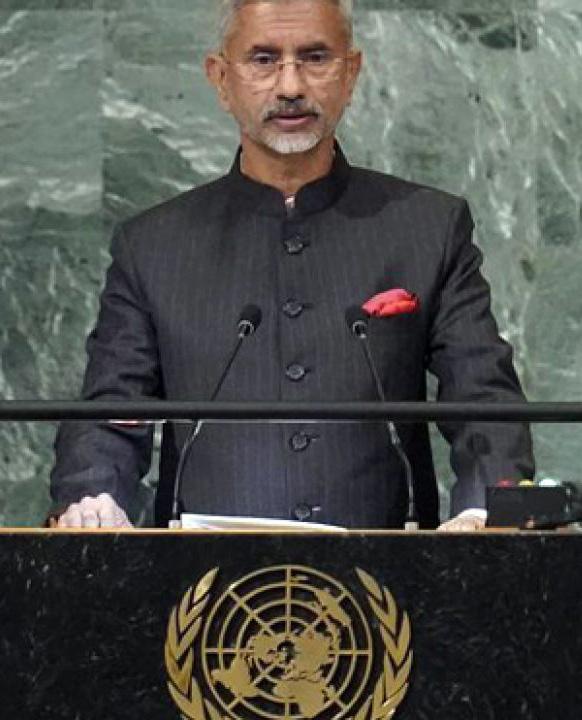
3 minute read
From the editor’s desk
India’s Reformed Multilateralism
Advertisement
D.C. Pathak talking about India’s civilisational confidence while describing India’s Reformed Multilateralism is enlightening. The complexity of the civilisation translates into unshakeable resilience and inexplicable confidence. India’s Foreign Minister S. Jaishankar’s recent reprimand for the UK for failing to secure the Indian Mission is a testimony to the fact. A foreign policy of tit for tat for an empire on which the sun never sets, by a colony that was ruled by the empire for 200 years, speaks volumes of the tenacity of the Indian civilisation through the years.
Pathak also sheds light on the idea of multiplicity espoused by India in International Relations. It is pertinent to take cognizance of the fact that India is alike inside out. It practices what it preaches. With eighteen diverse political forces ruling the myriad landscapes of the very many states of India, it is no wonder that India is the genesis of the idea of multiplicity in International Relations. It is this innate nature of India that transpires into a foreign policy that envisions multipolar world order that seeks to liaise with Russia and Ukraine simultaneously while refuting watertight notions of East versus West, Global North versus Global South or Capitalism versus Communism in an evolving world order.
Motivation of faith stemming from extremism, radicalism, fundamentalism, Marxism and supremacism, eventually manifesting in terrorism, alluded to by Pathak is juxtaposed with the mutually beneficial and pacifist foreign policy of Narendra Modi. It is this policy of holding out an olive branch to the enemy that led Deputy Leader of the Norwegian Nobel Committee Asle Toje to exalt Narendra Modi for propounding peace amidst the ongoing Russia Ukraine conflict. However, India’s relations with its neighbour China demonstrate a middle path professed by Buddhism where India continually strives to play the role of a hawk and dove whenever required. Also, in the case of Pakistan, India’s foreign policy has been more hawkish in order to neutralize the very motivation of faith that D.C. Pathak attempts to elucidate.

The idea of not equating multilateralism with alignment resonates well with India’s decades-old staunchness in the Non-Aligned Movement.
D.C. Pathak observes India’s participation in multilateral groupings such as the Quad for strengthening the security of the Indo-Pacific region while it simultaneously consolidates its one on one relations with the US, Japan and Australia. Not aligning with one major power bloc and asserting its position time and time again could also be seen in Pathak’s observation of India offering solutions to both Russia and Ukraine independently and not siding with any of the two contemporary US-Ukraine and Russia-China power blocs. India’s Reformed Multilateralism in International Relations is certainly a force to reckon with.









